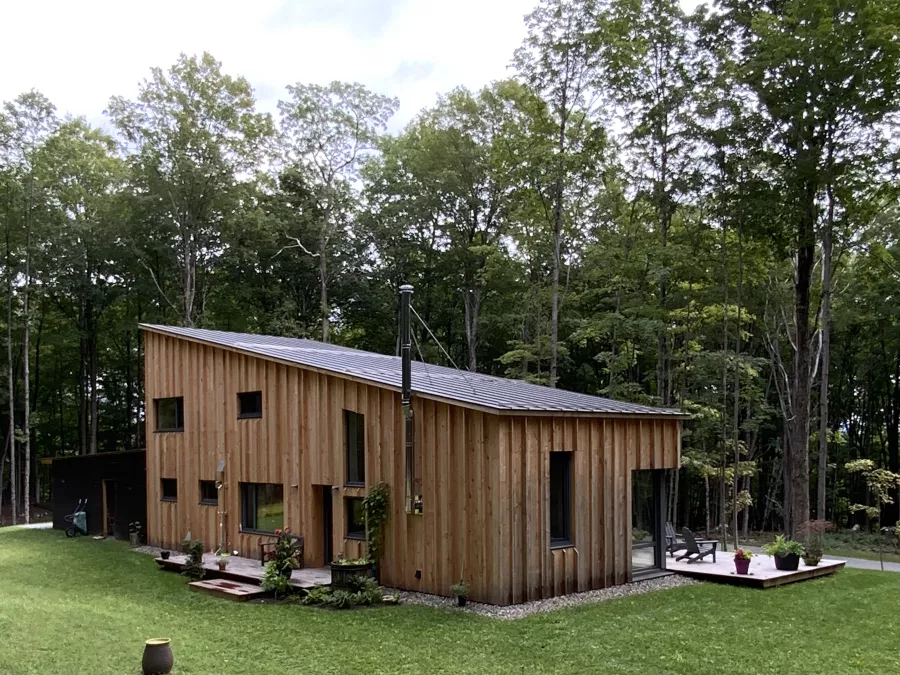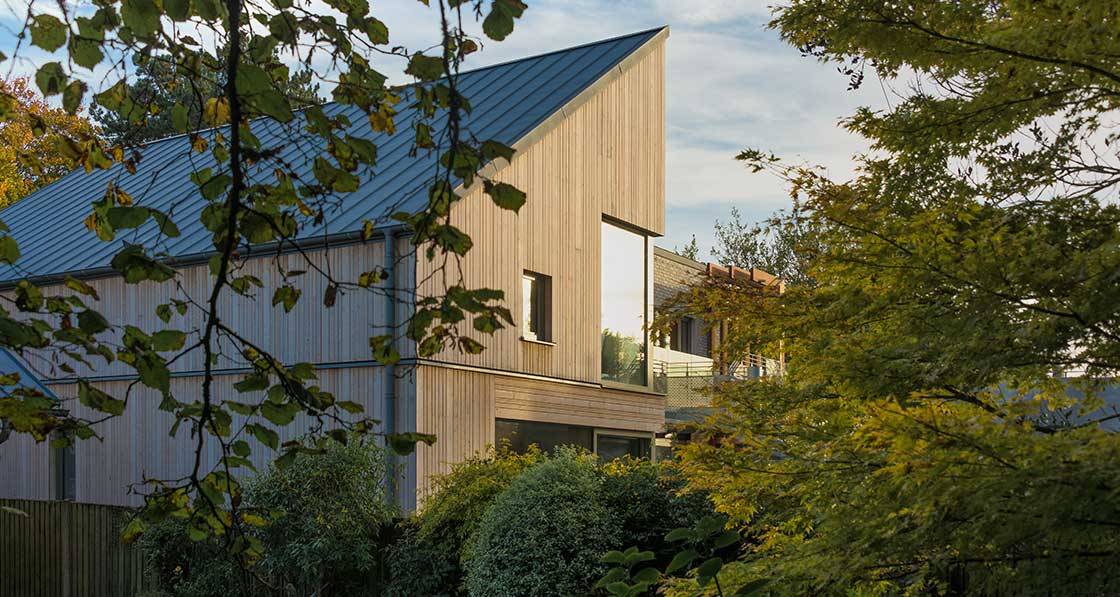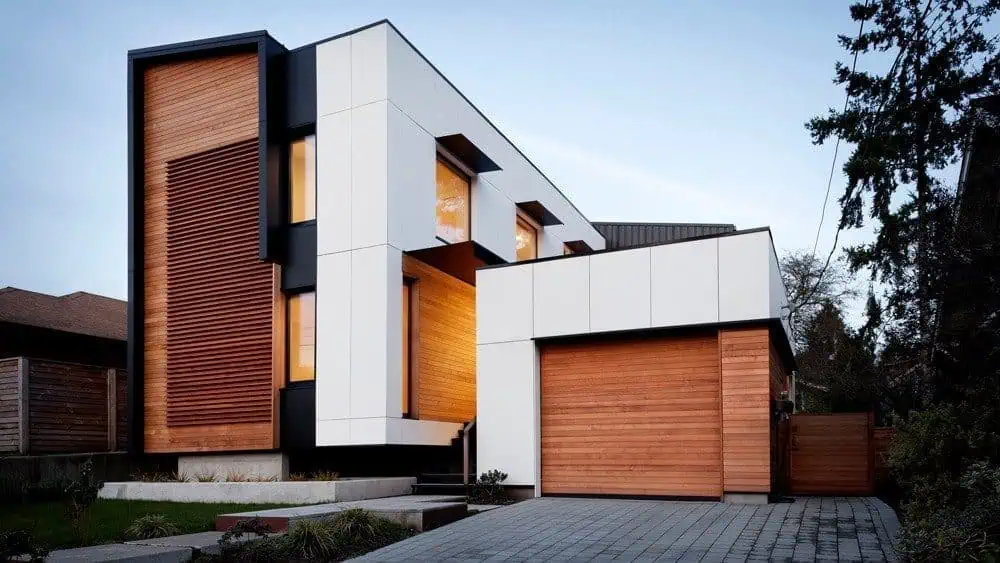As the focus on energy efficiency and sustainable living continues to grow, more and more homeowners are exploring the benefits of passive homes. A key aspect in the construction of these energy-efficient dwellings is the use of appropriate insulation materials. In this guide, we’ll delve into the different types of insulation materials suitable for passive homes and discuss their unique benefits.
Before we dive into the specifics of insulation materials, it’s worth mentioning that the design principles of passive homes also play a crucial role in their energy efficiency. You can learn more about these principles in our guide on passive house orientation tips.
Understanding the Importance of Insulation in Passive Homes
Insulation is a critical component in passive homes. It helps to maintain a comfortable indoor temperature, reducing the need for artificial heating or cooling. By choosing the right insulation materials, homeowners can significantly reduce their energy consumption and environmental impact.
Choosing the Right Insulation Material
There are several types of insulation materials that are suitable for passive homes. The choice of material will depend on various factors such as the climate, the design of the home, and the homeowner’s budget. Some of the most commonly used materials include mineral wool, cellulose, and foam board.
Further Considerations for Passive Home Insulation
While selecting the right material is crucial, it’s also important to consider other aspects such as the installation process and the insulation’s lifespan. Proper installation is key to ensuring the effectiveness of the insulation, and a longer lifespan means less frequent replacement, leading to cost savings in the long run.
For more detailed information on passive home design and insulation, you can visit this comprehensive resource.
To further enhance the sustainability of your passive home, consider options to power surveillance sustainably and choose smart power materials.






